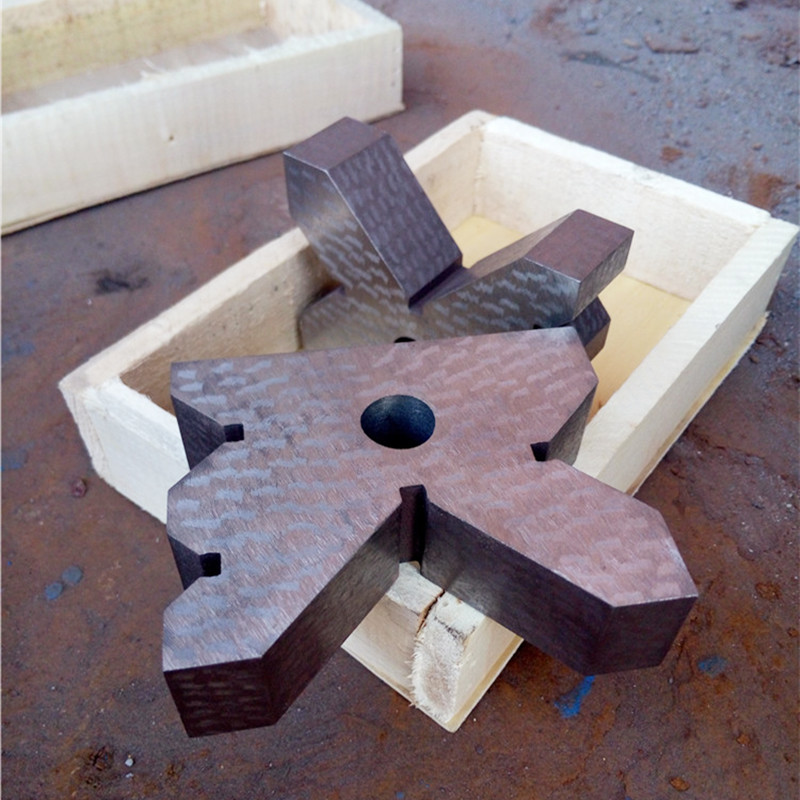lis . 05, 2024 20:24 Back to list
Exploring Different Types of Ball Valves for Various Applications and Industries
Understanding Different Types of Ball Valves
Ball valves are essential components in various industrial applications, renowned for their ability to provide quick shut-off and regulate flow. Their design features a spherical disc (the ball) that rotates within the valve body, allowing or blocking fluid flow. The simplicity of this mechanism has led to several types of ball valves, each suited for specific purposes. Here are the main types
1. Floating Ball Valve
The floating ball valve is the most common type. In this design, the ball is not fixed but floats within the valve body. When the valve is closed, the upstream fluid pressure pushes the ball against the seat, creating a tight seal. This design is excellent for low-pressure applications and is widely used in plumbing and various process industries. Floating ball valves are typically available in full bore and reduced bore designs, with the full bore allowing maximum flow with fewer obstructions.
In a fixed ball valve, the ball is attached to the valve body and does not move along with fluid pressure. The sealing action occurs through the compression of seals against the ball's surface. This design is preferred in high-pressure situations where reliability and durability are critical. Fixed ball valves can maintain their integrity under extreme conditions, making them suitable for oil and gas, chemical manufacturing, and steam applications.
3. Three-Way Ball Valve
ball valves types

Three-way ball valves feature three ports and can be used to either mix or divert flow. This versatility makes them ideal for applications where multiple connections are necessary. They can be configured to direct flow from one inlet to two outlets or vice versa. Three-way ball valves are commonly used in heating and cooling systems, making them invaluable in HVAC applications.
4. V-Port Ball Valve
The V-port ball valve has a ball with a V-shaped notch, allowing for more precise flow control. This type is particularly useful in throttling applications where the user needs to fine-tune the flow rate. The V-port design provides an excellent range of control while maintaining a tight seal when fully closed, making it suitable for chemical processing, water treatment facilities, and more.
5. Electric Ball Valve
Electric ball valves combine the advantages of ball valves with electric actuators, allowing for automated control. These valves are particularly useful in applications requiring remote operation or integration into a larger automated system. They enhance efficiency, reduce labor costs, and improve operational safety.
Conclusion
Selecting the appropriate ball valve type depends on the specific requirements of the application, including pressure, flow rate, and operational environment. Understanding the various types of ball valves is essential for engineers and technicians to ensure optimal performance and reliability in their systems.
-
Why Metric Trapezoidal Thread is Ideal for Precision Motion ControlNewsAug.05,2025
-
The Unique Properties of a Block of Granite for Industrial UseNewsAug.05,2025
-
The Role of Flanged Y Strainers in Preventing Pipeline ClogsNewsAug.05,2025
-
The Importance of Regular Calibration for Master Ring GagesNewsAug.05,2025
-
How a Cast Iron Surface Table Enhances Accuracy in ManufacturingNewsAug.05,2025
-
Comparing Different Check Valve Types for Optimal Flow ControlNewsAug.05,2025
Related PRODUCTS









